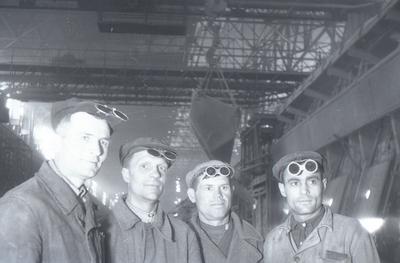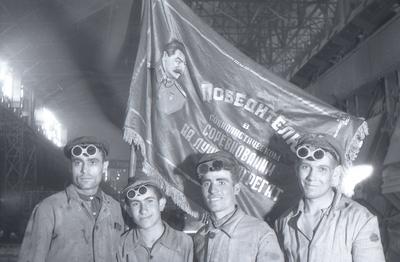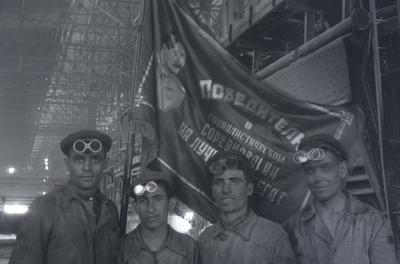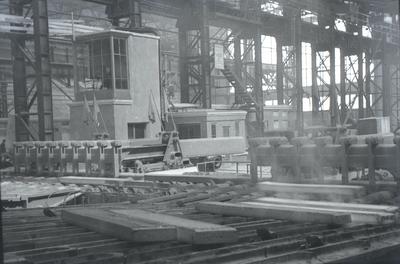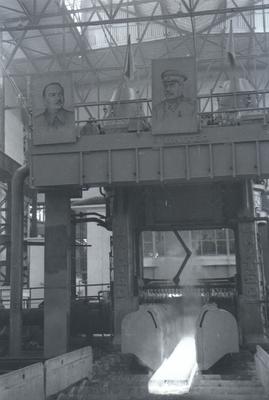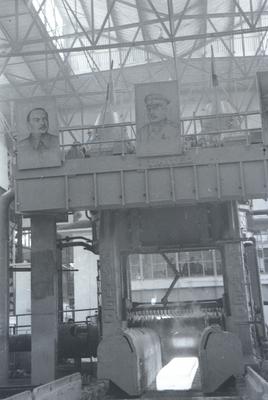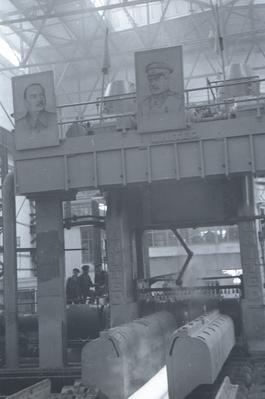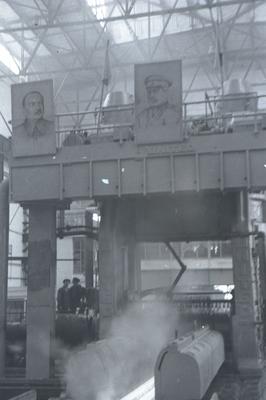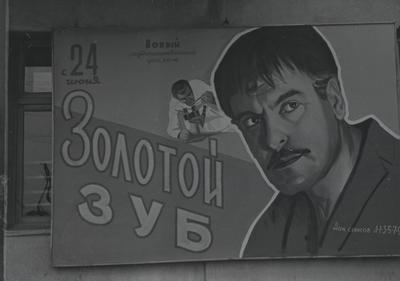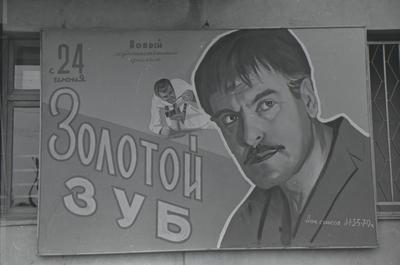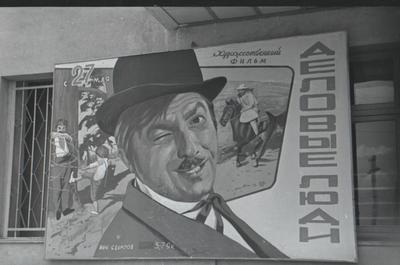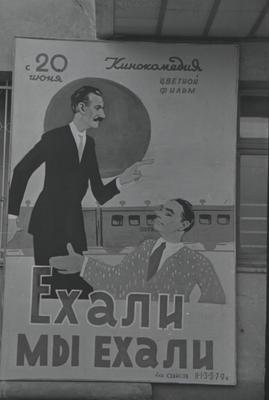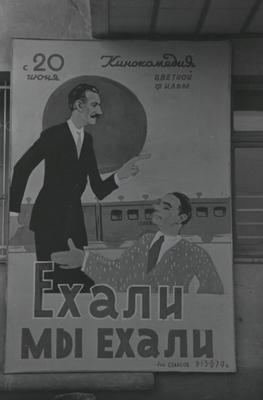Mariupol Museum of Local History
The collection of the Mariupol Local History Museum was compiled in the 1949/60s, and includes photographs and motion picture films. The photographs can be divided into groups by different features, such as by the size of the film, by the date of creation, or by topics.
Some photographs were made by Pavlo Mechyslavovych Kashkel.
In 1930, he worked as a metal worker at the ship repair yard in Mariupol, and had photography as his hobby. In 1936, he was invited to work as a photo reporter to the city newspaper office “Pryazovia Worker,” which is still coming out. During the Second World War, he was a war photographer at the political unit of the 78th rifle division. After the war, he resumed his work at the newspapers’ and his task was to visit factories, a port, the palaces of culture, libraries, and to photograph workers, children, events, and the city. The negative images created at the time are stored in the collection of Mariupol Local History Museum.
He was a photo reporter in local newspapers “Pryazovia Proletariat”, “Pryazovia Worker”, “Star of Pryazovia.” Since 1961, he had worked at the unit of scientifical and technical information at the “Azovstal” plant, at the “Zhdanovazhmash” manufacturing group.
Pavlo’s interests and the editor’s assignments defined the collection’s expressive and thematic content. An ideal image of a Soviet worker, of a factory, and the labour concentrated his focus on the creation of an attractive image of the working life; it was the showcase of the celebration of achievements and memorable dates. The photographs were probably promoting these ideas. Currently, they add to the understanding of the heroization of labour and aesthetization of industrial landscapes through art and media. They illustrate the repetitiveness of the plot typical for the propaganda art.
Some photos show the processes taking place in the production facilities: iron casting, steel production; workers in the protective outfits in the working settings performing their operations.
A separate group includes the panoramic images of industrial landscapes with factory contours or close-up views of industrial facilities, the photos of their premises that show the location of factory workshops. For example, there is the panoramic image of the “Azovstal” port.
In addition, there are interior photos, such as the interior of the open-hearth plant, with cast iron refining furnaces or metal scrap melting units, laboratories of the open-hearth workshops, the racks and slabs workshop, the slag grinding workshop.
Another group includes portraits of workers, the award-winners. Most of them have captions. Photographs of workers when performing operations add emotional flair to the labour; they show the joy, an interest, and engagement. The photos highlight the peculiarities of the steel makers’ protective cloths, their working brigades, heads of production workshops, and furnace operators. The photographs were made for illustrations of articles on the performance of the plan, on friendly relations between the plants, and promoted the idea of being active in work.
Pavlo Kashkel documented the renovations taking place at the factories, such as the new equipment, new control panels in the workshops, a new canteen.
The photographs also show the life at factories off-work, such as the vacations in sanatoria, learning in the technical libraries, meetings with propagandists, studying the Lenin’s works, reading the propaganda leaflets in the Communist party libraries. Propaganda elements can be seen at the factory’s premises, too. For example, in the yard of a plant, there was a monument to Lenin.
A special group includes photographs of workers not at the plants but at the daily routines or at leisure. For example, the collection has photographs of a wife of a steel-melter Shrukopat, in their kitchen; and photos during the observation over the solar eclipse on June, 30, 1954.
In addition, the collection has photographs of sports competitions and trainings, lessons in the music school, or at the children’s holiday at “Azovstal,” from the art exhibition, and recreational procedures in a photarium.
Some photos show the agricultural life and light industry: forest industry, fish processing facility, napkin production, the operations of the seed lab, a duck farm, greenhouse workers, the harvesting period, or collective farms.


